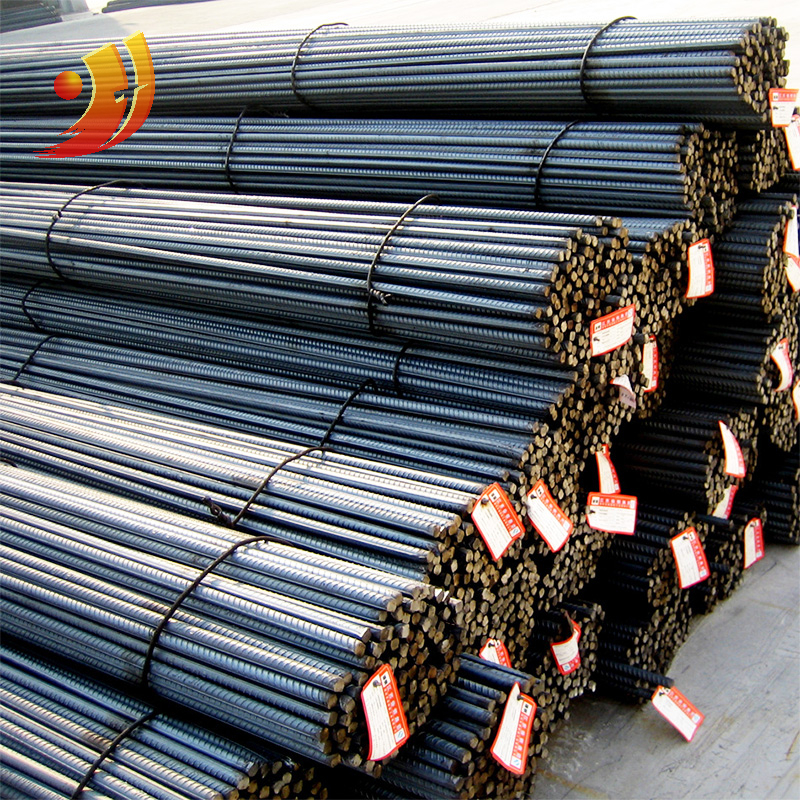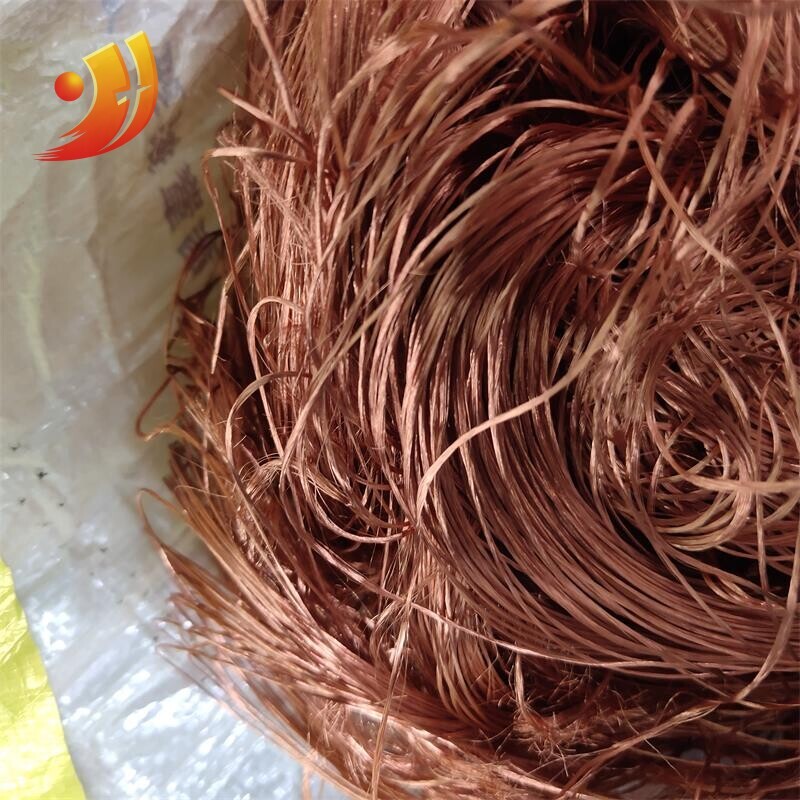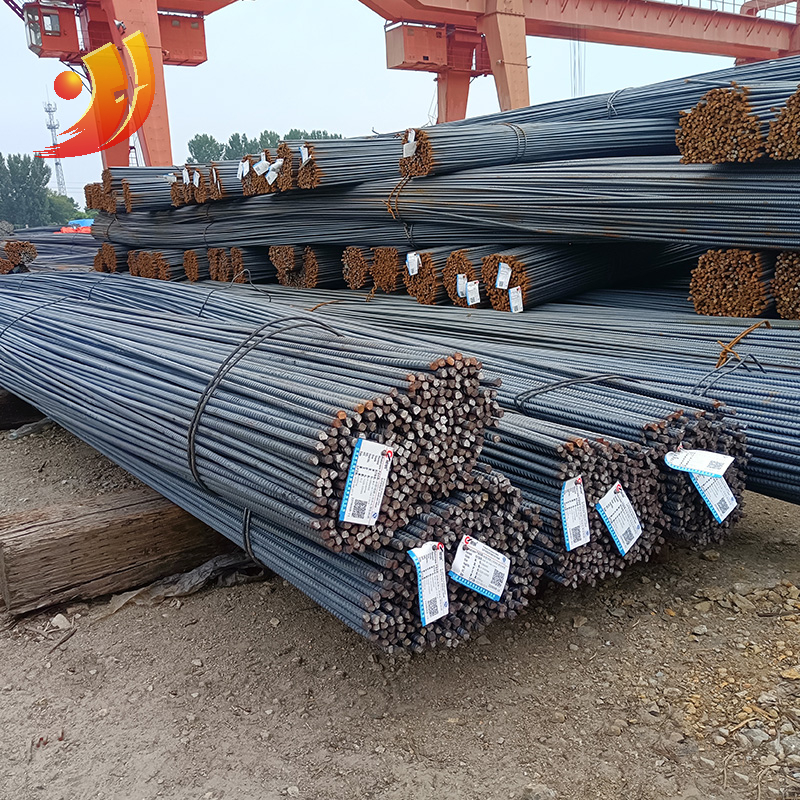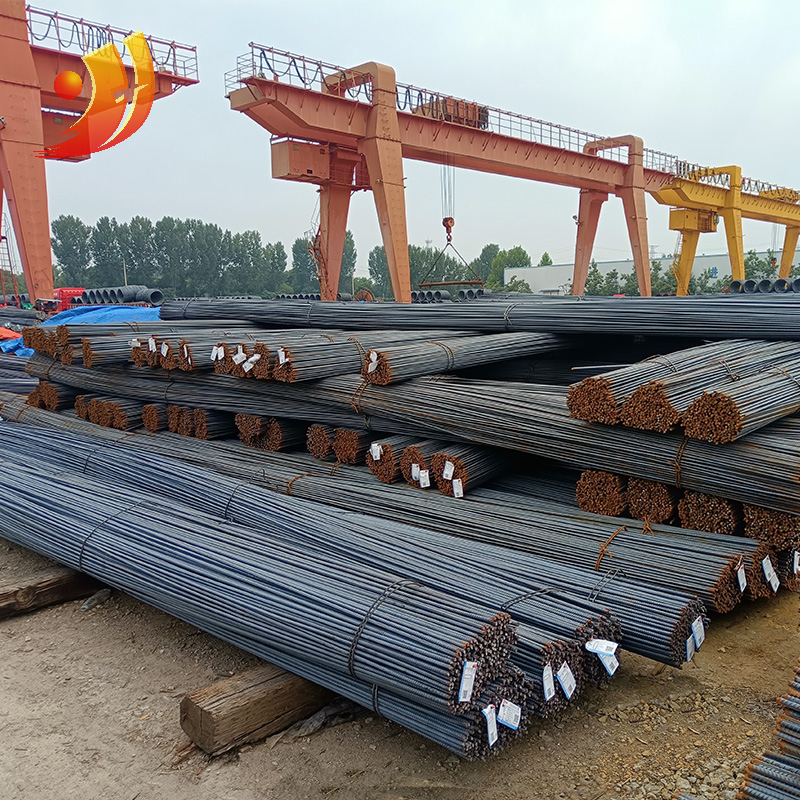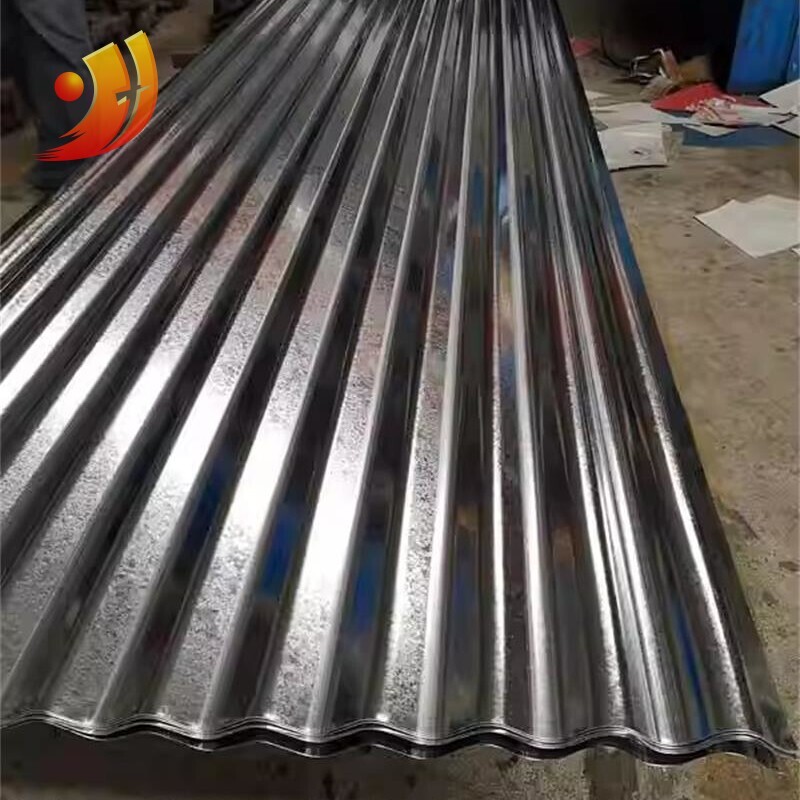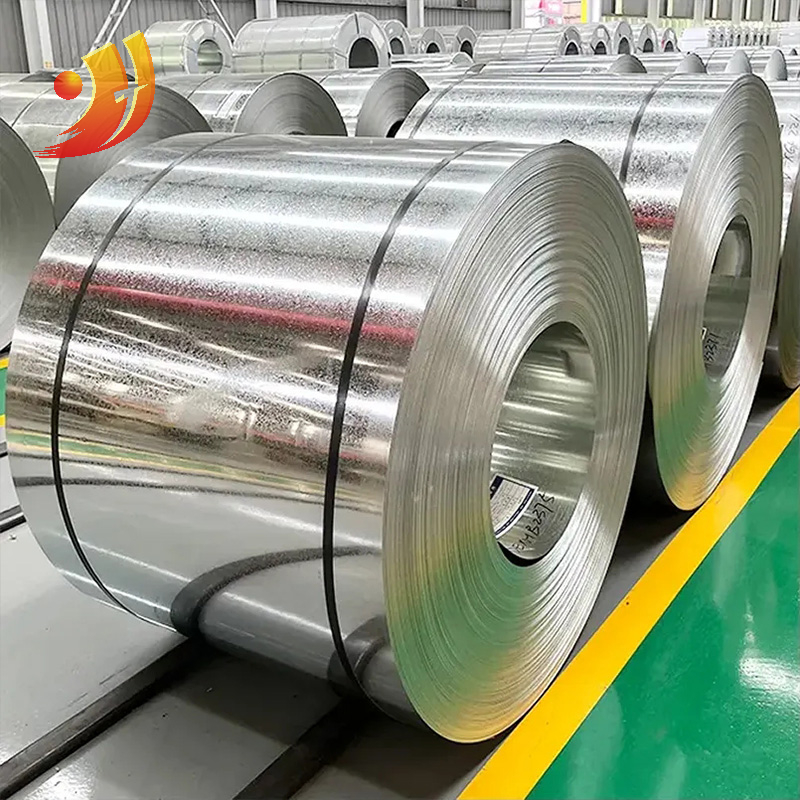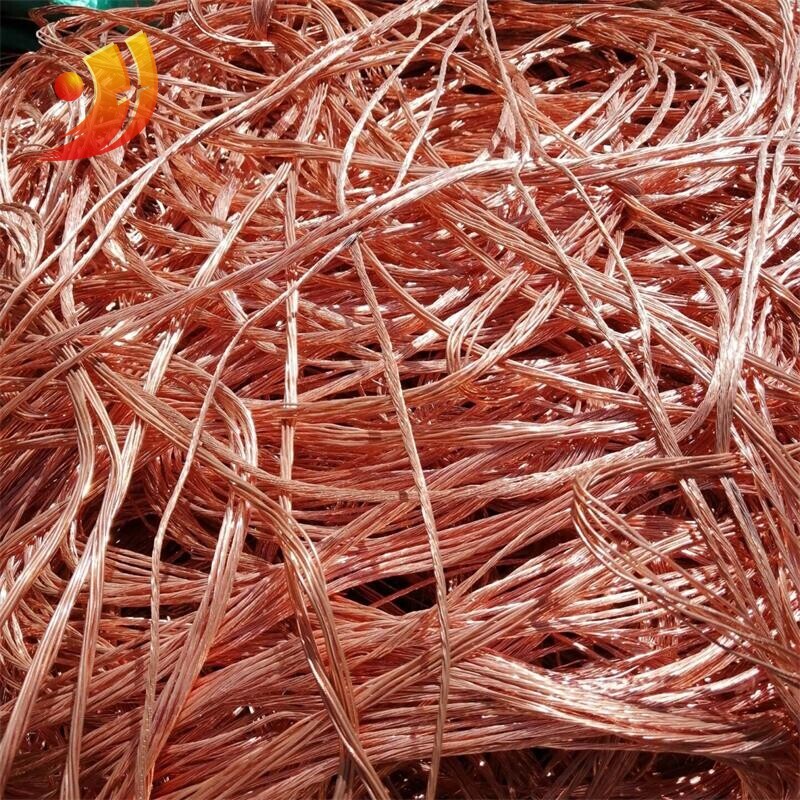
Product Description
Introduction to steel bars
Rebar refers to steel for reinforced concrete and prestressed reinforced concrete. Its cross-section is circular, sometimes square with rounded corners. Including plain round steel bars, ribbed steel bars, and torsion steel bars.
Steel bars for reinforced concrete refer to straight or coiled steel bars used for reinforcing reinforced concrete. Their shapes are divided into two types: plain round steel bars and deformed steel bars. The delivery state is straight bars and coiled bars.
Classification of steel bars
There are many types of steel bars, which are usually classified according to chemical composition, production process, rolling shape, supply form, diameter size, and use in structures:
1. According to diameter
Steel wire (diameter 3~5mm), thin steel bar (diameter 6~10mm), thick steel bar (diameter greater than 22m)
2. According to mechanical properties
Grade I steel bars (Grade 300/420); Grade II steel bars (Grade 335/455); Grade III steel bars (400/540) and Grade IV steel bars (500/630)
3. According to production technology
Hot-rolled, cold-rolled, cold-drawn steel bars, as well as heat-treated steel bars made of grade IV steel bars, have higher strength than the former.
4. According to the role in the structure
Compression steel bars, tension steel bars, erecting steel bars, distributed steel bars, stirrups, etc.
The steel bars configured in reinforced concrete structures can be divided into the following types according to their functions:
1. Stress-bearing bars - steel bars that bear tensile and compressive stress.
2. Stirrups - bear part of the diagonal tension stress and fix the position of the stress-bearing bars. They are mostly used in beams and columns.
3. Erecting bars - used to fix the position of the steel hoops in the beam and form the steel frame inside the beam.
4. Distributed ribs - used in roof panels and floor slabs, arranged vertically with the stress-bearing ribs of the slab, to evenly transfer the weight to the stress-bearing ribs, fix the position of the stress-bearing ribs, and resist thermal expansion and contraction. temperature deformation.
5. Others - structural reinforcements configured due to component structure requirements or construction and installation needs. Such as waist bars, embedded anchor bars, prestressed bars, rings, etc.
Inspection of steel bars
Inspection of steel bars and process inspection of steel bar joints:
When inspecting steel bars, the first thing to do is to check the brand number and quality certificate of the steel bars; secondly, to check the appearance, take 5% of the steel bars from each batch, and check that there should be no cracks, wounds, or laminations on the surface, and the bumps on the surface of the steel bars should not exceed the horizontal limit. The height of the rib, the depth and height of the defect shall not be greater than the allowable deviation of the location, and the curvature of the steel bar per meter shall not be greater than four millimeters; for the next mechanical performance test, if each batch is less than 60 tons, 2 pieces will be extracted from each batch. Cut two sections and conduct tensile and cold bending tests respectively. When intercepting the test piece, 100-500mm from both ends of the steel bar should be removed. When the test piece is larger than 60 tons, the corresponding steel bars must be removed. If a test result does not meet the requirements, double the number of samples from the same batch shall be taken for each test. If there is still one unqualified sample, the batch of steel bars is deemed unqualified. If the hot-rolled steel bars undergo brittle fracture, poor welding performance, or significantly abnormal mechanical properties during processing, chemical composition analysis and other special inspections should be carried out.
Uses of steel bars
Steel bars are widely used in the construction of houses, bridges, roads and other civil engineering projects. From public facilities such as roads, railways, bridges, culverts, tunnels, flood control, and dams, to the foundations, beams, columns, walls, and panels of houses, steel bars are indispensable structural materials.
Product Display

Application

Transportation

Online Consultation
Related Suggestion
Leave A Message
If you are interested in our products and want to know more details, please leave a message here, we will reply you as soon as we can.
